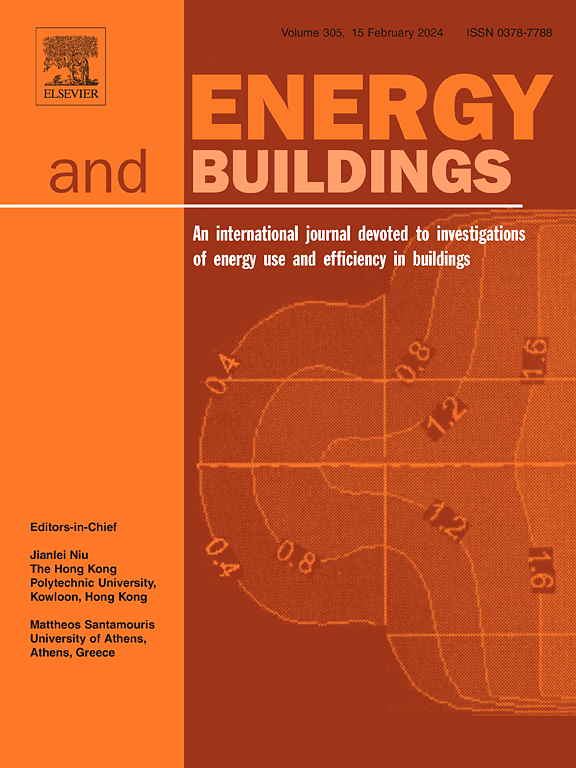An XAI-driven diagnostic framework to investigate the predictive power of building features to enhance EPC ratings in detached houses
IF 6.6
2区 工程技术
Q1 CONSTRUCTION & BUILDING TECHNOLOGY
引用次数: 0
Abstract
Energy performance in detached homes is critical for reducing carbon emissions in United Kingdom. However, understanding the complex factors that affect Energy Performance Certificate (EPC) ratings remains limited. Detached homes face unique challenges due to their larger floor areas and greater environmental exposure. Despite the significance of EPCs in driving energy efficiency, the diagnostic analysis of feature interactions at the class level (A–G) is underexplored, especially in detached homes. This study addresses this gap by employing predictive explainability to provide a detailed, rating class-wise diagnostic analysis of the predictive power of structural and operational features for detached homes. We investigate key factors such as CO2 emissions per floor area, heating costs, window, floor, walls efficiency, and construction age, and explore how these features interact to drive EPC ratings. Our findings show that CO2 emissions and heating costs are the primary drivers of EPC classification, but their impact varies across EPC bands. Detached homes in lower EPC categories (E–G) exhibit heightened sensitivity to high emissions and inefficient heating, while properties in EPC A and B benefit from improved insulation and efficient systems. This study introduces an innovative diagnostic framework that not only identifies key predictive features for each EPC class but also uncovers the synergistic effects of feature combinations. The results provide actionable insights for retrofit strategies and policy interventions, particularly for detached homes, offering a roadmap for improving energy efficiency and advancing sustainable energy practices.
一个由xai驱动的诊断框架,用于调查建筑特征的预测能力,以提高独立住宅的EPC评级
在英国,独立式住宅的能源性能对于减少碳排放至关重要。然而,了解影响能源绩效证书(EPC)评级的复杂因素仍然有限。独立住宅由于其更大的建筑面积和更大的环境暴露而面临着独特的挑战。尽管EPCs在推动能源效率方面具有重要意义,但在类别层面(A-G)对特征交互的诊断分析尚未得到充分探索,特别是在独立住宅中。本研究通过采用预测可解释性来解决这一差距,为独立住宅的结构和操作特征的预测能力提供了详细的、评级分类的诊断分析。我们调查了关键因素,如每层面积的二氧化碳排放量、供暖成本、窗户、地板、墙壁效率和建筑年龄,并探讨了这些特征如何相互作用,以推动EPC评级。研究结果表明,CO2排放和供暖成本是EPC分类的主要驱动因素,但其影响在EPC的不同波段有所不同。较低EPC类别(E-G)的独立住宅对高排放和低效供暖表现出更高的敏感性,而EPC A和B的物业则受益于改进的绝缘和高效系统。本研究引入了一个创新的诊断框架,不仅确定了每个EPC类的关键预测特征,而且揭示了特征组合的协同效应。研究结果为改造战略和政策干预提供了可操作的见解,特别是对于独立住宅,为提高能源效率和推进可持续能源实践提供了路线图。
本文章由计算机程序翻译,如有差异,请以英文原文为准。
求助全文
约1分钟内获得全文
求助全文
来源期刊

Energy and Buildings
工程技术-工程:土木
CiteScore
12.70
自引率
11.90%
发文量
863
审稿时长
38 days
期刊介绍:
An international journal devoted to investigations of energy use and efficiency in buildings
Energy and Buildings is an international journal publishing articles with explicit links to energy use in buildings. The aim is to present new research results, and new proven practice aimed at reducing the energy needs of a building and improving indoor environment quality.
 求助内容:
求助内容: 应助结果提醒方式:
应助结果提醒方式:


